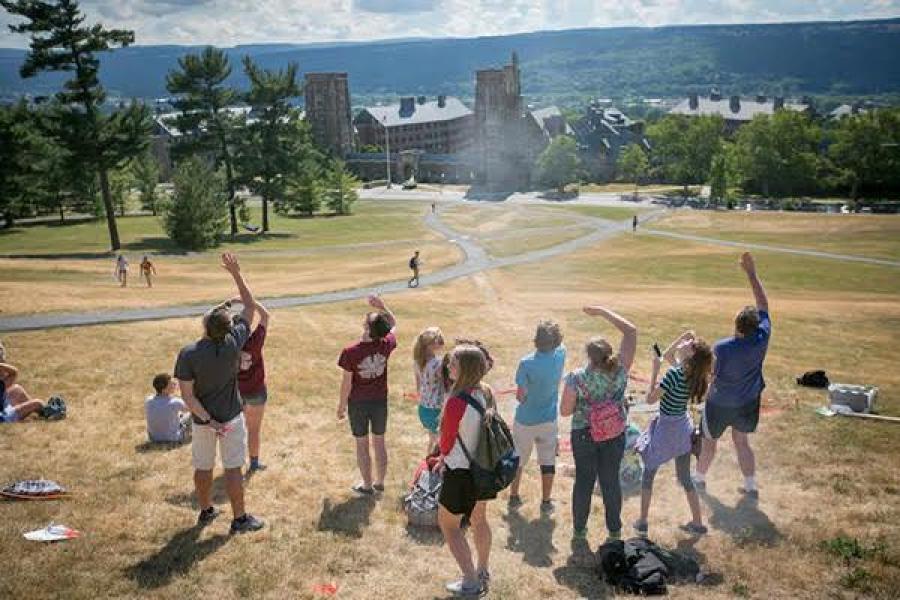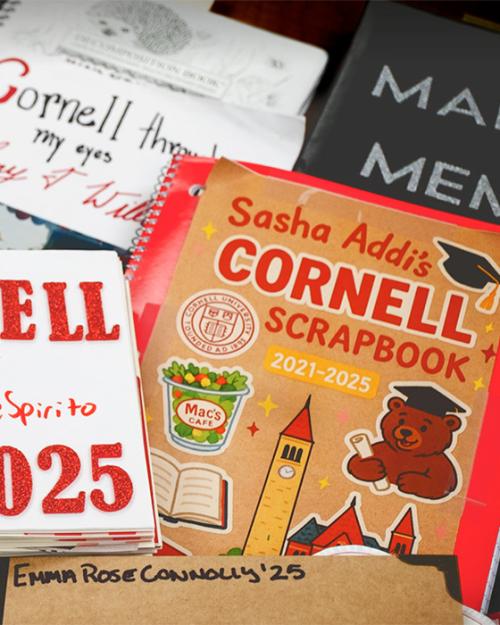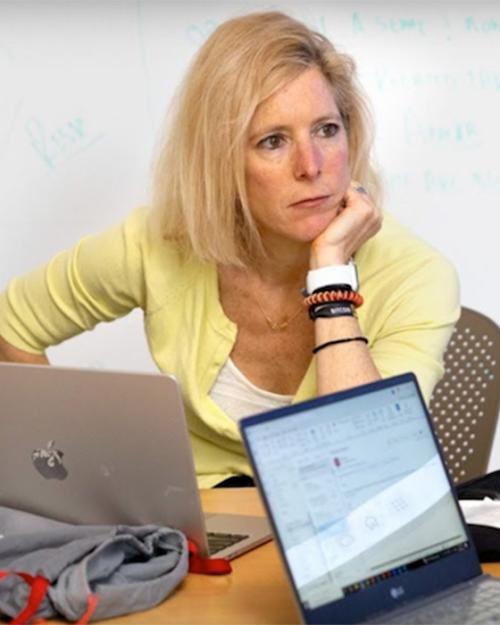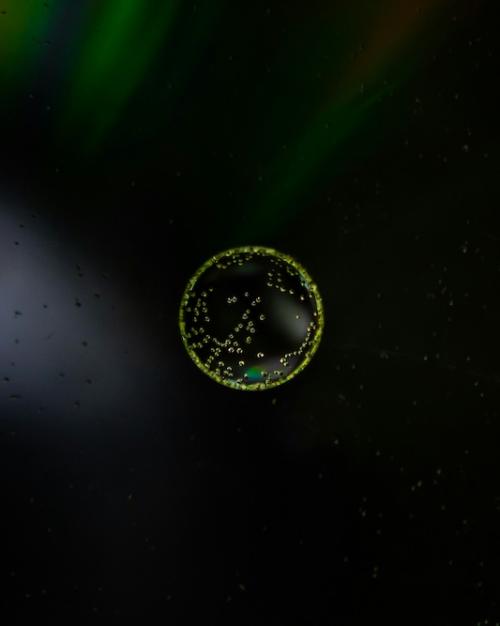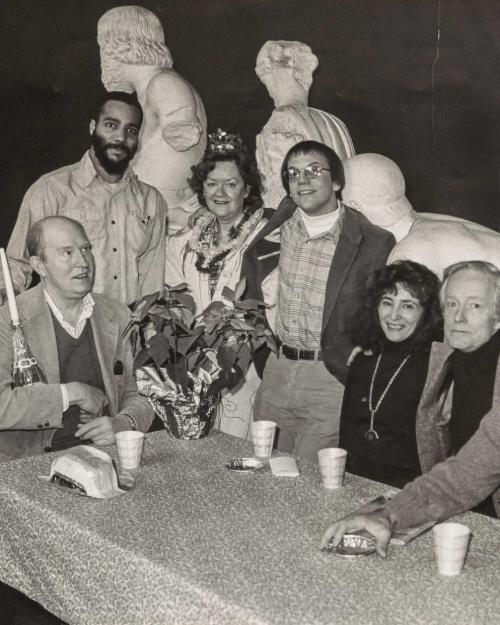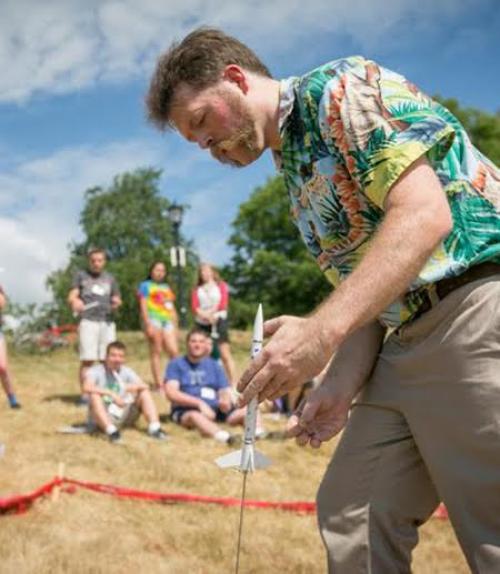“I’ve always been really interested in astronomy, so I was curious what kinds of careers there might be in the field,” said Sophia Delpapa, a high school senior from Ontario County who attended the recent 4-H Career Explorations event on campus, sponsored by the state 4-H foundation, part of Cornell Cooperative Extension.
Several departments in the College of Arts & Sciences were among many across the university to host the 380 middle and high school students who came together June 28-30 to participate in “focus programs” with the aim of exposing youth to different academic fields and careers.
Students entering eighth and ninth grade participate in “University U.” a program that lets teens explore a variety of different discipline such as nutrition, biomedical research and nanotechnology, while getting to know the campus. High school participants have the ability to sign up for a variety of different programs ranging from programming robots, media, sustainability and astronomy.
Over the course of the three days, the students are immersed in active learning. Faculty and graduate students teach the students in hopes of inspiring them about the variety of career options available to them.
“I think this is a valuable experience because [they] learn something new, while also engaging in something fun and exciting,” said Matt Hankins, a fourth year doctoral student in astronomy.
The students also learned about the Fermi problem, which many of them found fascinating, and particularly relevant because it helps make approximate calculations for everyday problems. This is used in astronomy but to teach the students about it, the grad students asked the question, "How many people do you think are talking on a cell phone right now?"
Students worked to answer the question by breaking it down into smaller questions. They thought about what part of the world was sleeping, how many people were in the U.S. and how long a typical phone conversation lasts.
“There’s no particular right answer,” explains a student, “but it’s a way to think about it scientifically.”
Later in the day, students built rockets and launched them on Libe Slope, and to cool off afterwards, the students made ice cream with liquid nitrogen.
To learn more about 4-H, visit http://nys4h.cce.cornell.edu/Pages/default.aspx.
Anna Carmichael is a communications assistant for The College of Arts and Sciences.
